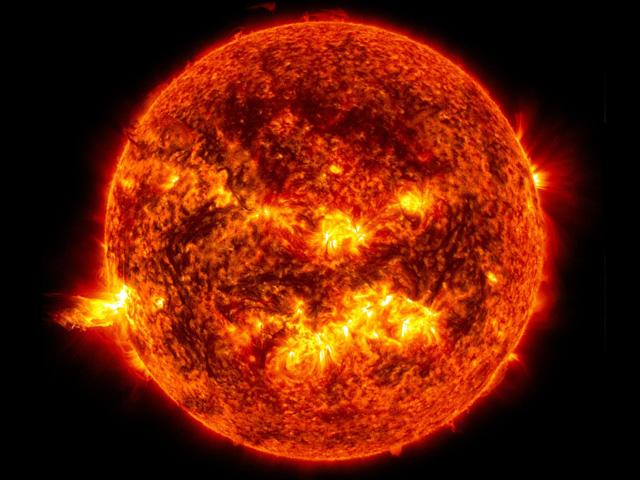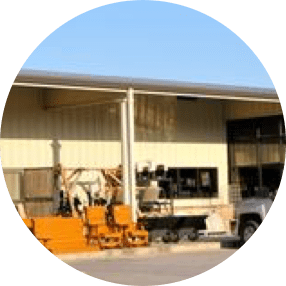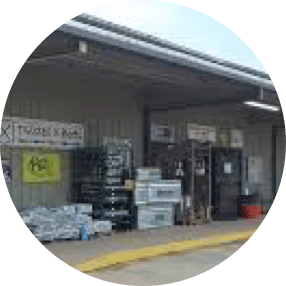Solar Storm Watch for Today

The Space Weather Prediction Center (SWPC) has issued a G3 (Strong) geomagnetic storm watch for Wednesday, the result of multiple coronal mass ejections that left the Sun on April 13.
According to the SWPC, this storm may cause intermittent satellite navigation and low-frequency radio navigation problems. The resulting aurora has been seen as low as Illinois and Oregon.
It was almost a year ago on May 10, 2024, that a powerful geomagnetic storm affected the United States, at that point, smack in the middle of planting. The Kansas State University Research and Extension News Service has just published a release about that event.
That storm came to be called the Gannon Storm. It caused "mass global navigation satellite system outages ... leading to an assumed $565 million in losses for Midwestern crop producers," the K-State release reported.
K-State precision agricultural economist Terry Griffin cautions the storm may be more than a once-in-a-lifetime event.
"It's probably what we should expect moving forward, not just for the next solar cycle, but also for this spring because we haven't passed the maximum amount of geomagnetic disturbances for the solar cycle yet," said Griffin, in the release. "Spring 2025, fall 2025 and even spring 2026, we should still expect this type of activity."
The sun is the main source of space weather. Radio emissions, coronal mass ejections (CMEs), and solar flares are some of the causes of geomagnetic storms.
Storms are more common during solar maximums. The peak of sunspot activity is known as a solar maximum. The lull is known as solar minimum. Maximums and minimums occur on average in 11-year cycles. Earth is approaching the peak of the current solar maximum that began in 2020. The peak should occur in summer 2025, although some experts are now speculating this solar maximum could last into next year.
Radio frequency disrupting flares reach Earth at the speed of light. CMEs travel more slowly, taking one to five days to reach Earth. Both can disrupt communications, the power grid, navigation, radio and satellite operations for minutes, to hours or days at a time.
A complete loss of signal lock by the GPS receiver due to extreme noise from the upper atmosphere (primarily nighttime) can result in no location data for an interval of time. Noise introduced by the upper atmosphere also could have induced errors in the calculated position.
Like a thunderstorm, farmers can only manage their systems through GPS-battering geomagnetic storms. Newer positioning systems that lock onto multiple satellite constellations are little to not affected by solar storms.
With older navigation systems, farmers may bring a stop to field work and wait for the storm to pass, often in hours. Or you could, like grandpa did, grab the steering wheel and just plow through, accepting crooked rows and any planting and data collection inaccuracies that follow.
But without GPS, the as-planted data (as-sprayed, as-fertilized) cannot be logged onto a map or georeferenced. This isn't just a negative result for farm operators. Seed suppliers and local agronomists rely upon these data for upstream use.
Here are specific actions you can take.
-- Understand what part of any equipment or data system relies on GPS or radio frequencies (RF), and how resilient that equipment is to RF/GPS noise. Are your GPS receivers single or dual frequency receivers? Single frequency receivers are more susceptible to space weather.
-- Have a short-term local data backup system. Similar to commercial security system that records everything and then deletes it after a certain time period, data would go to both the cloud and a short-term, local backup system that could be recovered if the connection to the cloud is compromised.
-- Sign up for space weather alerts/watches/warnings at the NOAA Space Weather Prediction Center. Go to https://www.swpc.noaa.gov/… or just to www.swpc.noaa.gov.
-- If an issue is noticed with the GPS systems look at the NOAA alerts or the Navigation Centers civilian GPS outage reports (https://www.navcen.uscg.gov/…) to determine whether the source is environmental or a hardware problem.
-- If there is elevated space weather, and local hardware issues have been ruled out, report outage to the Navigation Center through the on-line reporting: https://www.navcen.uscg.gov/….
It is important that the nation has a good understanding of how space weather affects users.
For the complete K-State Research and Extension release featuring Griffin go to: https://ksre-learn.com/…
Dan Miller can be reached at dan.miller@dtn.com
Follow him on social platform X @DMillerPF
(c) Copyright 2025 DTN, LLC. All rights reserved.







